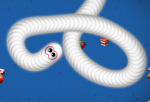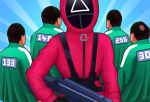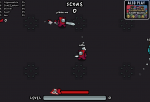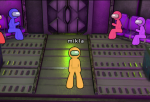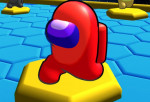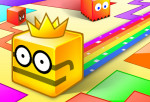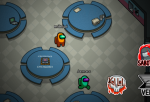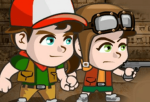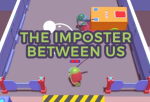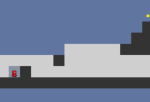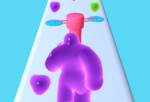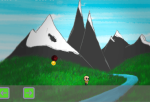Sliding Puzzle
About: Sliding Puzzle
Sliding puzzles offer various challenges and obstacles that players must overcome to solve them. While the specific challenges can differ depending on the puzzle's design and complexity, here are some common gameplay elements found in sliding puzzles:
Initial Disarray: Sliding puzzles start with the tiles or squares arranged in a scrambled or disordered configuration. The player's task is to rearrange the pieces into a specific target configuration, which requires thoughtful planning and strategic moves.
Limited Movement: Sliding puzzles typically restrict the player's movement options. Only one tile can be moved at a time, and it can usually slide into an adjacent empty space. This limitation forces players to carefully consider their moves and plan ahead to achieve the desired arrangement.
Blocked Pathways: Some sliding puzzles may include blocked pathways or obstacles that limit the player's ability to slide specific tiles. These barriers add complexity to the puzzle and require players to find alternative routes or patterns to maneuver the tiles effectively.
Time Constraints: In certain sliding puzzle games, time constraints may be imposed to add an additional layer of challenge. Players may be encouraged to solve the puzzle within a specified time limit or beat their own personal best times. The time pressure increases the difficulty and tests the player's efficiency.
Complex Patterns or Images: Sliding puzzles can feature intricate patterns or images as the target configuration. These patterns may include multiple colors, detailed artwork, or interlocking shapes. The complexity of the visual design can make it more challenging for players to visualize the correct arrangement of the tiles.
Increasing Difficulty: Sliding puzzle games often feature multiple levels or stages with increasing difficulty. As players progress through the game, they encounter puzzles with larger grid sizes, more pieces, or additional obstacles. This gradual progression keeps players engaged and provides a sense of accomplishment as they tackle increasingly challenging puzzles.
Multiple Solutions: While most sliding puzzles have a single correct solution, some puzzles may allow for multiple valid solutions. This adds an extra layer of complexity as players must discern which solution matches the intended target configuration. It requires careful analysis and consideration of the puzzle's constraints.
Personalization and Customization: Some sliding puzzle games offer customization options, allowing players to import their own images or patterns to be used as the puzzle's target configuration. This personalization feature increases the difficulty by introducing unfamiliar or more complex visuals.
These are some of the common challenges and obstacles found in sliding puzzles. Each puzzle presents a unique set of difficulties to solve, requiring players to use logic, spatial reasoning, and problem-solving skills to rearrange the pieces and achieve the desired arrangement.
How To Play Sliding Puzzle
using mouse

